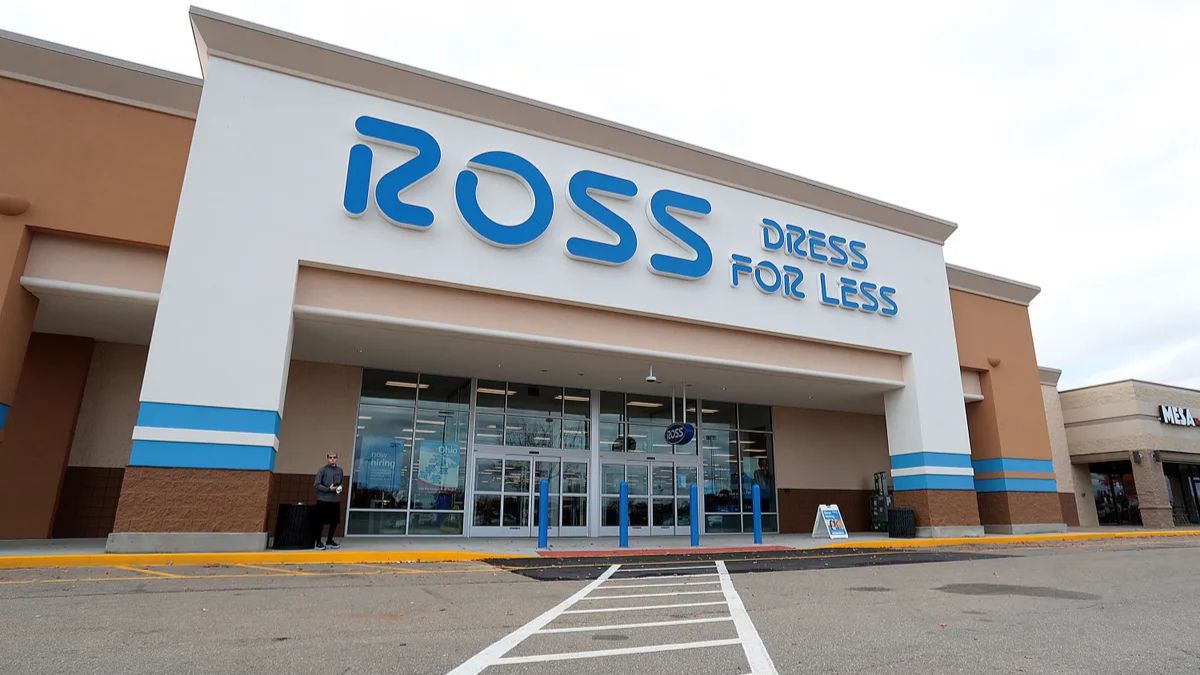Ross Stores: History and Overview of the Off-Price Retail Giant
Ross Stores: History and Overview of the Off-Price Retail Giant
Ross Stores, commonly known by its retail brand Ross Dress for Less, is a leading off-price retailer in the United States. Renowned for offering brand-name apparel, accessories, and home goods at significant discounts, Ross Stores has grown from a regional chain into a national retail powerhouse.
Founding and Early History of Ross Stores
Ross Stores was founded in 1950 by Morris "Morrie" Ross and Bert Neumann. The company opened its first store in Daly City, California, introducing a fresh retail concept focused on providing shoppers with discounted, high-quality merchandise. From its inception, Ross Stores emphasized an off-price business model, sourcing excess inventory and closeout merchandise from manufacturers to offer savings typically ranging from 20% to 60% off traditional department store prices.
Expansion and Growth
Throughout the 1980s and 1990s, Ross Stores expanded steadily across the Western United States. Its unique approach combined a no-frills shopping environment with a "treasure hunt" experience, where customers could find a constantly changing assortment of products at bargain prices. In 1985, Ross Stores went public on the NASDAQ, fueling further expansion.
By the early 2000s, Ross Stores had solidified its position as one of the top off-price retailers in the nation, with hundreds of stores operating across multiple states. The company continued to grow aggressively throughout the 21st century, expanding its footprint well beyond its West Coast origins.
The 1985 Methane Gas Explosion at Ross Dress for Less, Los Angeles

A 1985 methane explosion in L.A.'s Fairfax district turned a Ross Dress for Less into a disaster scene.
© Dean Musgrove / Herald-Examiner Collection - Los Angeles Public Library
A notable and tragic event in Ross Stores’ history occurred on March 24, 1985, at a Ross Dress for Less location in the Wilshire-Fairfax District of Los Angeles. Late that afternoon, methane gas that had accumulated beneath the store ignited in an auxiliary room, causing a powerful explosion.
Details of the Incident
-
The explosion blew out windows and partially collapsed the store’s roof.
-
The interior was destroyed, reduced to twisted metal debris.
-
Twenty-three people were injured and required hospital treatment.
-
Police cordoned off a four-block area due to ongoing flames and gas venting that persisted through the night.
Investigation and Aftermath
In the days following, engineers drilled into the alluvial soil beneath the store’s parking lot to identify gas pockets. They discovered a pressurized pocket of methane gas approximately 42 feet underground. Smaller quantities of gas were found in other boreholes at lower pressures. Control measures, including pressure gauges and a valved flare pipe, were installed to safely vent and burn off the gas, which gradually returned to normal levels.
In 1989, another gas venting event occurred nearby on the north side of Third Street. This incident released gas, water, and silt from outdoor vents, causing dangerous gas levels in buildings. Fortunately, the gas did not ignite during this second event. A crater formed from the blowout, ejecting dirt and stones into the air. The episode lasted about 24 hours.
Public Reaction and Official Response
The dramatic nature of the explosion—flames dancing through city streets near historic areas—captured public and media attention. Initial speculation ranged from natural geological activity to urban myths. A panel of experts later attributed the cause to natural methane release from ancient swamp deposits beneath the city. The event faded from public discourse, overshadowed by Los Angeles' reputation for quirky environmental phenomena. A lawsuit related to the explosion was quietly settled by 1990.
Business Model and Customer Appeal

The core strength of Ross Stores lies in its off-price retail strategy. Ross does not heavily invest in advertising but relies on word-of-mouth and customer loyalty driven by its value proposition. Shoppers visiting Ross Stores can expect brand-name and designer products at substantial discounts, making it a preferred destination for budget-conscious consumers.
Ross Stores focuses on a constantly refreshed inventory, creating a sense of urgency and discovery for customers. This "treasure hunt" shopping experience differentiates Ross Stores from traditional department stores and many other discount retailers.
Current Position and Competition
Today, Ross Stores ranks as one of the largest off-price retailers in the United States, competing with other major players like TJ Maxx, Marshalls, and Burlington. Despite increased competition, Ross Stores maintains steady growth by expanding into new markets and maintaining its focus on delivering value to customers.
